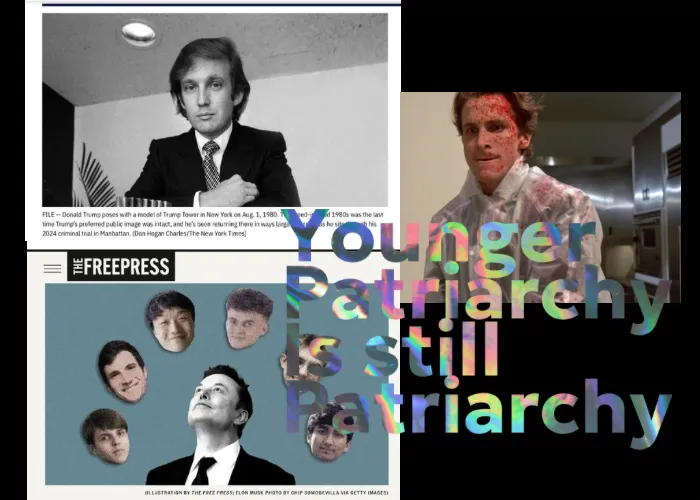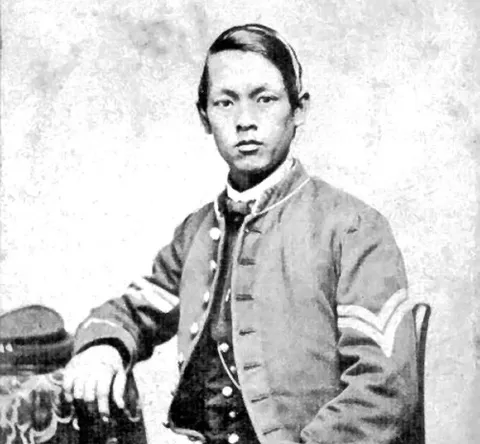Proposals to impose age caps on political officeholders, ostensibly to rejuvenate leadership, risk replicating the exclusionary consequences of term limits while exacerbating systemic inequities tied to gender, race, and class. Drawing parallels to term limit policies, which studies show reduced legislative diversity and institutional knowledge, age restrictions threaten to marginalize hypersegregated and working-class communities (Roberts 2023). This essay argues that such reforms are rooted in ageist assumptions that conflate youth with progressivism, ignoring how structural barriers delay political entry for women, particularly those navigating caregiving responsibilities. Through a feminist lens, this analysis underscores how age caps would institutionalize gendered inequities, privileging men unencumbered by societal expectations of domestic labor while silencing intersectional voices.
Term Limits and the Erosion of Marginalized Representation
The push for age caps mirrors historical debates over term limits, which were marketed as anti-corruption measures but ultimately diminished opportunities for underrepresented groups. Research indicates that term limits in U.S. state legislatures led to declines in women’s representation by up to 30%, as incumbency advantages were erased and resource-poor candidates, disproportionately women and people of color, struggled to compete (Kousser 2010). Similarly, age caps would disrupt pathways for late-career entrants, disproportionately affecting women who often delay political ambitions due to caregiving demands. For working-class communities, where financial stability and political networks develop later in life, such policies risk excluding leaders with lived experiences of economic precarity.
Feminist Political Economy and the Double Burden
The gendered ramifications of age caps are inseparable from the systemic devaluation of care labor, a cornerstone of feminist political critique. Women remain primary caregivers in 80% of U.S. households (OECD 2022), a reality that intersects with class and race to delay political candidacy. While men often ascend to office in their 40s, women’s political careers frequently begin post-50, after child-rearing responsibilities wane (Lawless and Fox 2021). This “double burden”—the expectation to manage both domestic labor and professional aspirations—reflects patriarchal norms that deprioritize women’s leadership. Age caps would compound these barriers, effectively granting women a narrow post-education window to enter politics before societal pressures redirect their trajectories.
Intersectionality and the Myth of Meritocratic Access
Intersectional feminism, as articulated by Kimberlé Crenshaw (1989), reveals how age caps would amplify marginalization for women of color and working-class candidates. Structural racism and economic precarity already delay political entry for these groups; imposing age limits would further truncate their opportunities. For example, Black women, who face wage gaps of 63 cents per dollar earned by white men (AAUW 2023), often require decades to secure the financial stability necessary for campaigning. Meanwhile, affluent white men, unburdened by caregiving expectations and bolstered by generational wealth, can pursue office earlier, perpetuating homogeneity in leadership. Age caps thus function as a form of “temporal privilege,” institutionalizing disparities masked as neutral reform.
Case Studies and Global Perspectives
Comparative analyses underscore the consequences of exclusionary policies. Nordic countries, which prioritize childcare infrastructure and gender quotas, boast the world’s highest rates of women in politics (45% in Sweden vs. 29% in the U.S.). Conversely, nations without such support see pronounced gender gaps. Age caps would deepen underrepresentation in the U.S., where only 2-6% of Congress members are working-class (Carnes 2022). The late-career rise of leaders like Rep. Maxine Waters (elected at 47) and Sen. Tammy Duckworth (elected to Congress at 44 after military service) exemplifies how delayed entry can yield transformative, intersectional leadership.
Counterarguments and the Progressive Fallacy
Proponents claim age caps promote intergenerational equity, yet this framing conflates youth with progressive values—a flawed premise. Historical examples, from the youth-led Reagan Revolution to the anti-feminist “TradWife” movement, illustrate that age does not inherently correlate with progressive politics. True progressivism demands policies addressing structural inequities, not exclusionary shortcuts. As former Australian PM Julia Gillard notes, “Diversity in age and experience strengthens governance; silencing older voices risks eroding hard-won social gains” (Gillard 2020).
Like term limits, age caps threaten to replicate the inequalities they purport to solve. A feminist approach demands systemic reforms—universal childcare, campaign finance reform, anti-discrimination protections—that empower women and marginalized groups to enter politics on their timelines. Rather than policing age, we must dismantle the patriarchal and capitalist barriers that distort political access. Inclusive democracy requires valuing lived experience across the lifespan, not codifying new hierarchies of exclusion.






